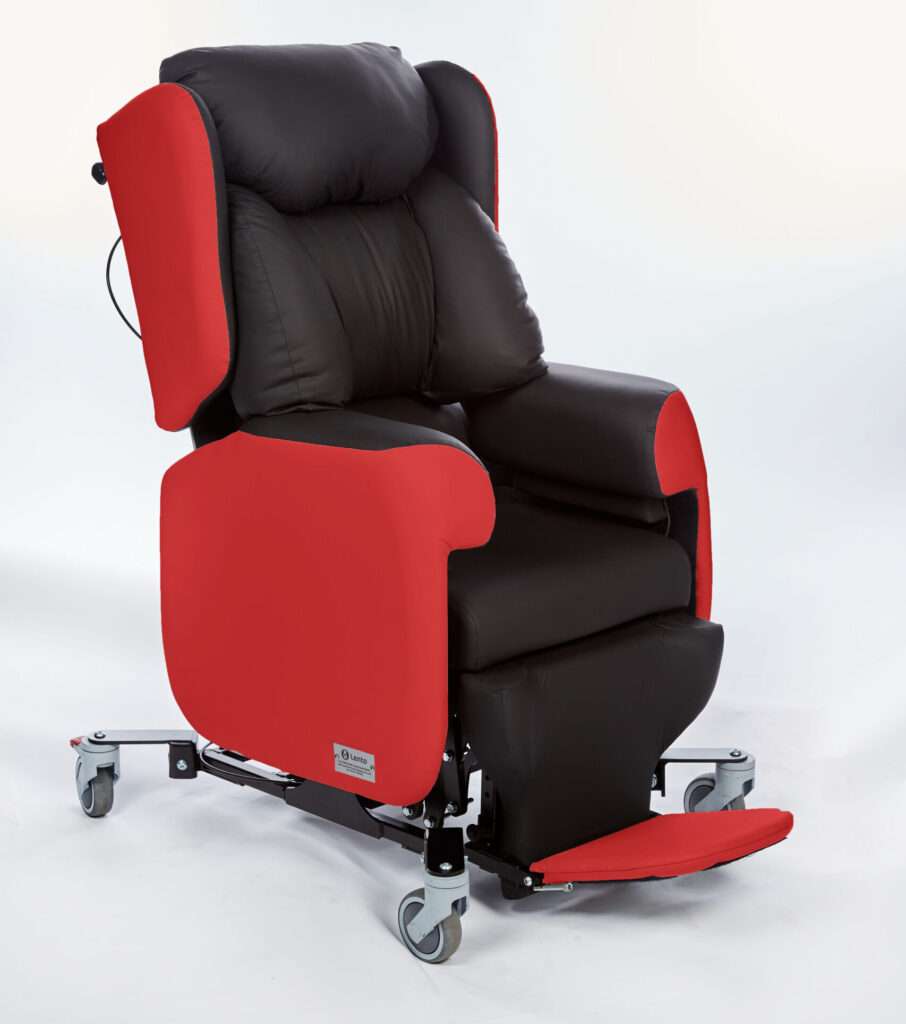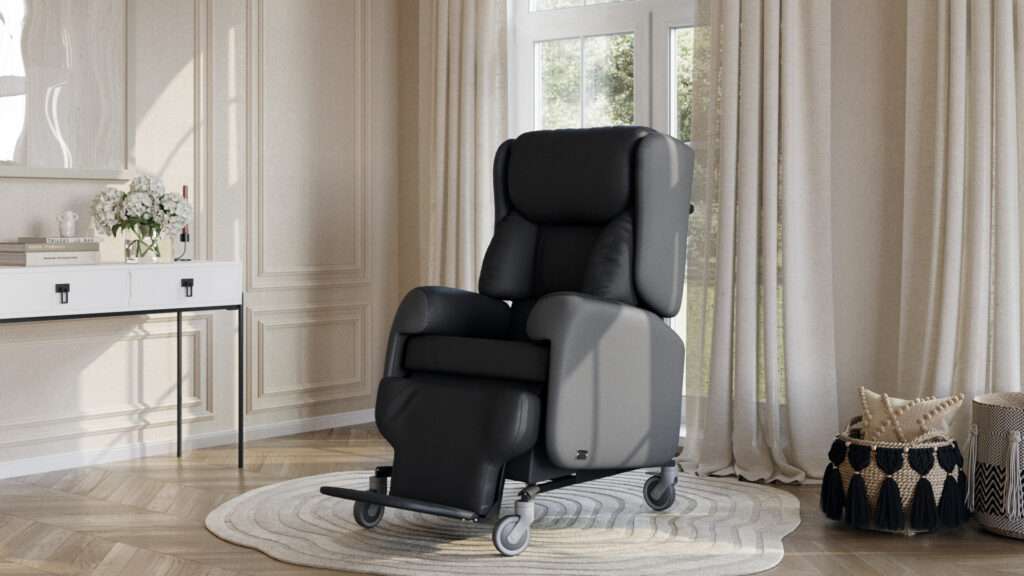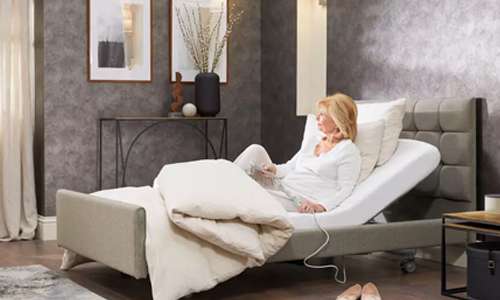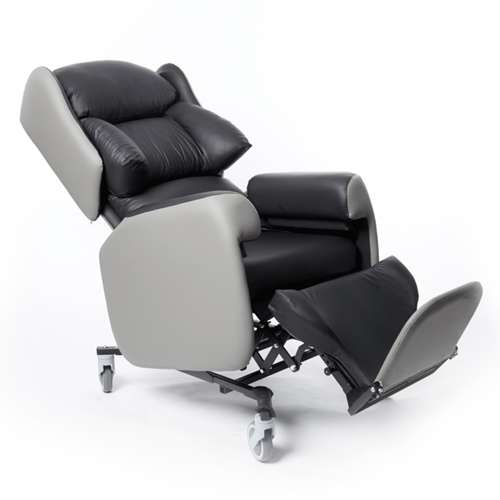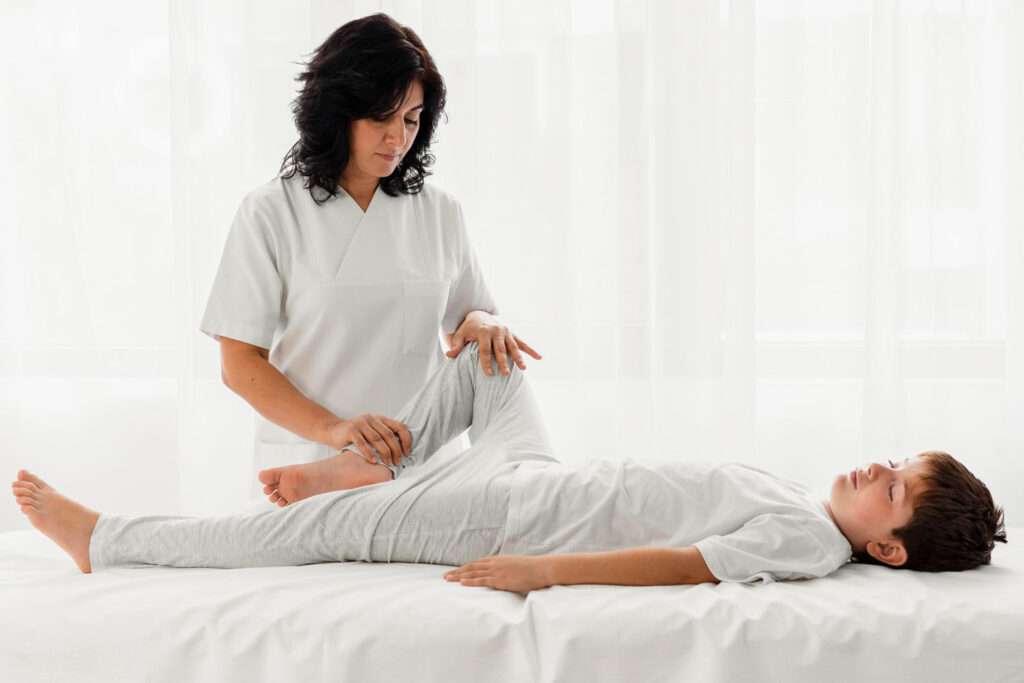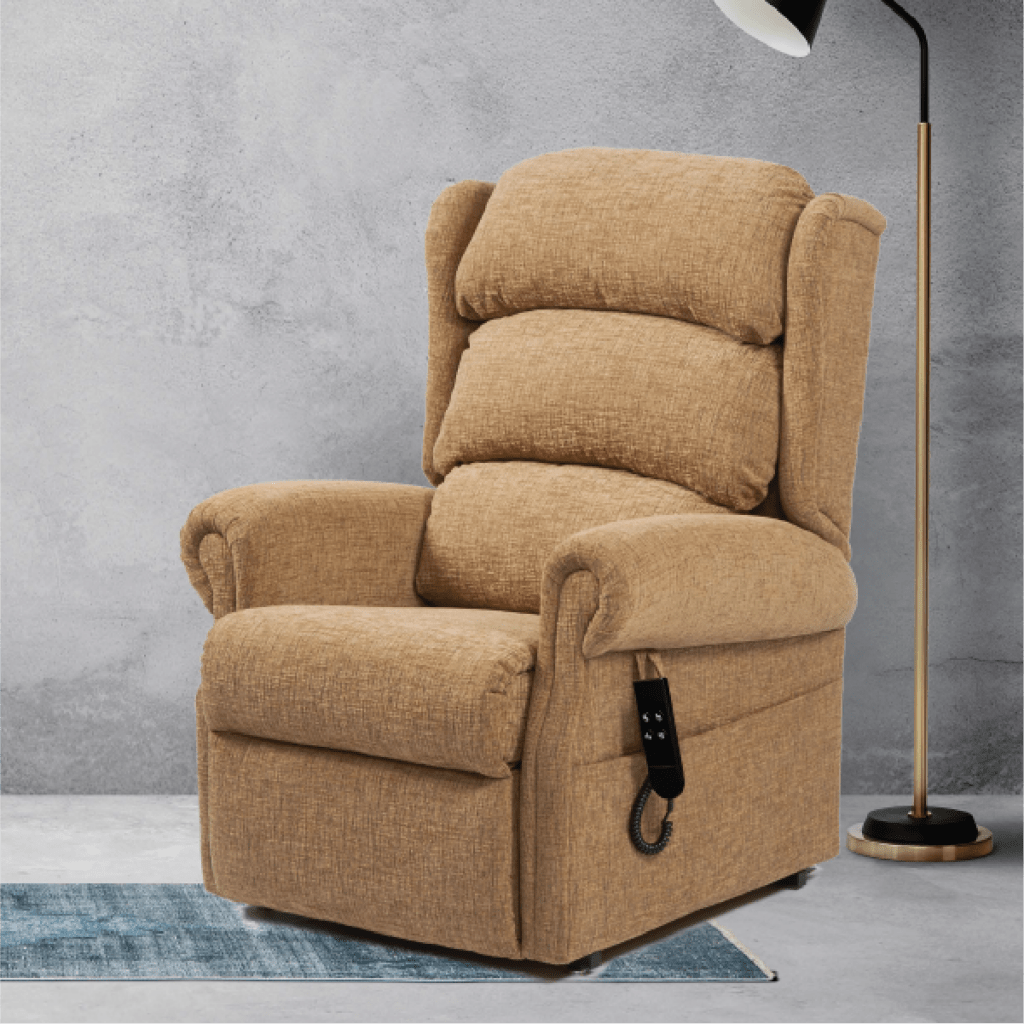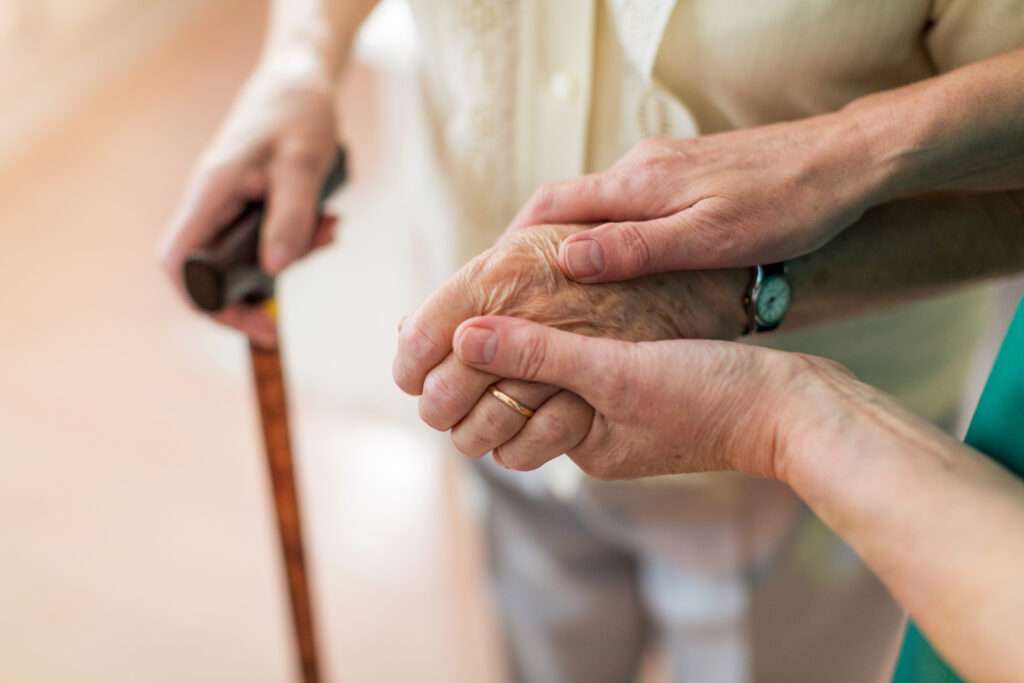In children’s hospital wards, the focus is not just on medical care but creating a child-friendly environment that promotes healing and comfort.
Paediatricians, nurses and other healthcare professionals work together to ensure that each child on the ward receives the appropriate care tailored to their specific needs.
Jump straight to…
What Happens in Paediatric Hospital Wards?
Acute paediatric wards deal with patients from birth up to 16 years old and admit patients from the Children’s Emergency Dept and Clinical Decision Unit. The ward is staffed by a range of different clinicians, including:
- Nurses
- Play Specialists
- Paediatric consultants
- Dietitians
- Therapists
- Phlebotomists
Adolescent units are specifically tailored to look after the needs of patients over 12 years old with acute medical and surgical conditions, with support from dieticians, therapists and psychologists.
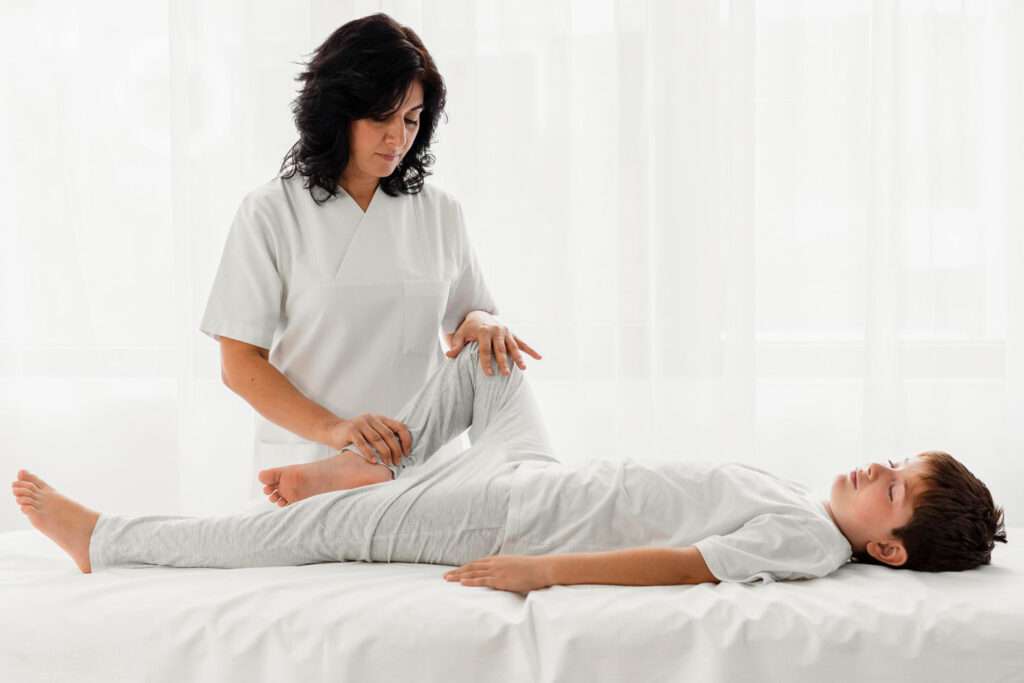
Some children’s wards and hospitals even have dedicated playrooms or recreational areas to keep the children engaged and distracted from their ailments. Facilities are also provided for parents and carers to stay with their children during their treatment.
There are various specialist children’s hospitals throughout the UK dedicated entirely to acute and secondary paediatric care, such as Birmingham Women’s and Childrens Hospital, Sheffield Children’s Hospital, and Great Ormond Street Hospital, who we have worked with recently.
Children’s wards may include specialised units such as PICU and neonatal intensive care units, to give specialised care for children with unique needs.
Paediatric Seating Needs
As covered in recent articles, the main features to look for in children’s seating can be classified into some fairly broad categories, such as:
Adjustability
Having a chair that can be adjusted to different sized children saves the ward time and money, as different chairs don’t need to be used for different patients.
Aesthetics and Colours
Having bright colours adds plenty of visual interest and creates a vibrant atmosphere in the ward, helping the wellbeing of children.

Paint Pot Colour Options
Accessories for Different Conditions
Accessories are invaluable tools for children that struggle to maintain an upright posture due to certain conditions like cerebral palsy. Building in extra head supports, depth adjuster pads, footrest blockers and angle huggers can help increase the child’s comfort and keep them positioned centrally in the chair.
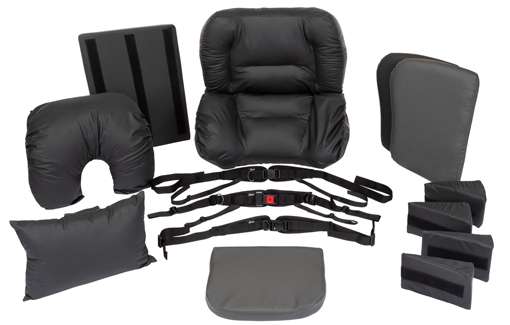
What are the Best Chairs for Acute Paediatric Wards?
Several factors need to be considered when selecting seating for paediatric wards.
Medical Condition
First and foremost, the child’s diagnosis and the treatment they are receiving is a key factor, whether this is dealing with asthma, a kidney condition in a renal unit, or a neurological condition.
A child’s diagnosis will impact their postural needs, tone and muscle pattern, and also needs to accommodate the type of treatment they are receiving, for example whether they need dialysis treatment or are tube fed.
Dialysis chairs will need to be able to accommodate the intravenous lines and different positions. For feeding and meals the head support is important for head positioning, or if the child is tube-fed, the feeding lines need accommodating.
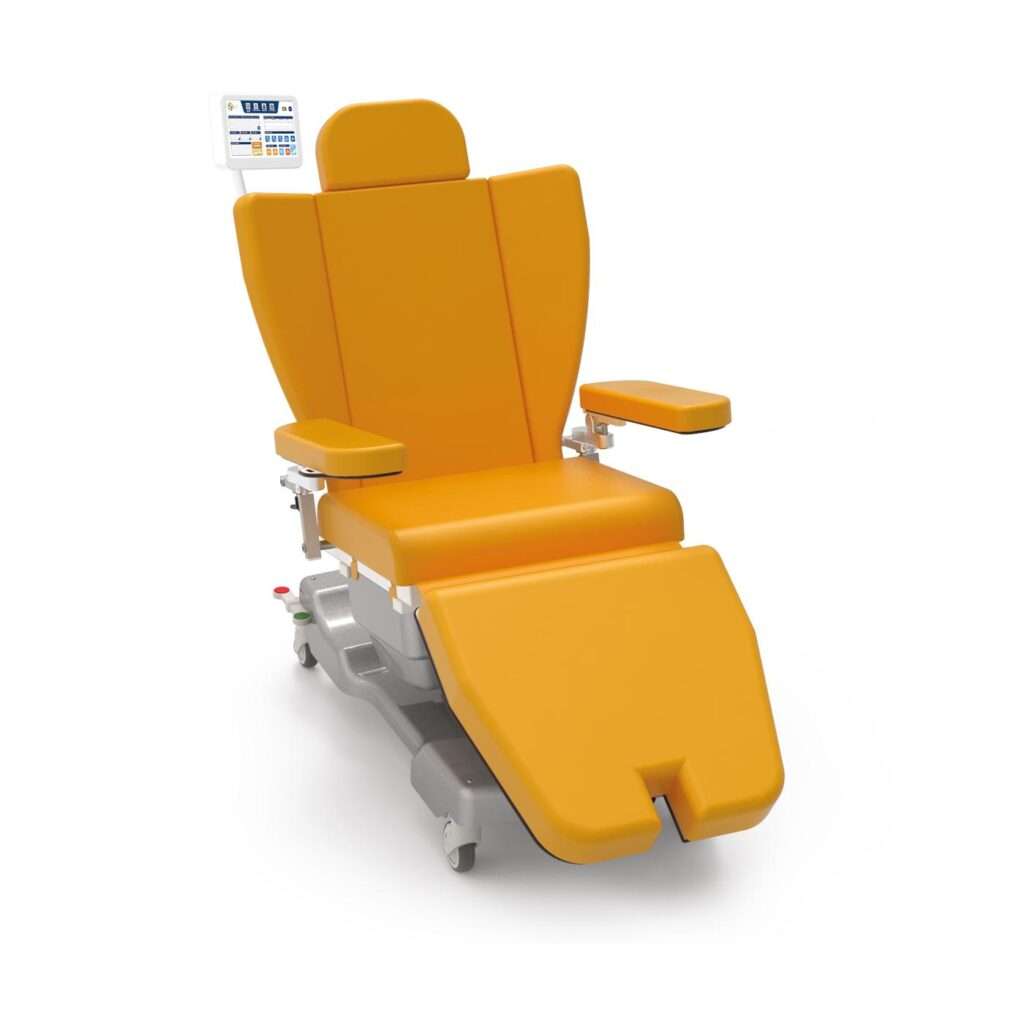
Our medical treatment infusion therapy chair features padded upholstery for increased patient comfort.
Occupation / Activities
Children wards are geared around increasing social contact and interaction, to help children cope psychologically with their illness and restricted activity.
Seating needs to be mobile and easy to move around the ward, and also accessible for friends and family to promote physical contact. The child’s sensory feedback is important, as what’s comfortable for one child might not be comfortable for another.
Modular vs Moulded Seating
Modular seating has standardised, interchangeable parts that can be replaced and resized to adapt the chair. The advantage of modular over against fixed seating is it can be adjusted and grow with the child, particularly important for children’s wards.
Moulded seating uses a seat system that is moulded to the shape of the patient. If the child has fixed body shape changes that need to be accommodated, moulded seating can come in useful, but it has the drawback that it can’t be resized to grow with the child.
Accessories for Modular Chairs
Modular seating has the advantage of being able to be accompanied by a wide range of accessories and postural supports, as listed below. Most of these are available with our Lento chair range.

For clients with spasticity, or diseases like Cerebral Palsy that affect their muscle tone, the right supports can be used to control their posture in the chair.
Good Postural Control
Good pelvic positioning is crucial for children as their bodies are developing, to prevent any postural issues arising.
A good 90/90 sitting profile and trunk control keeps the body posture aligned, and stops the head slumping forward which can cause breathing and feeding issues.
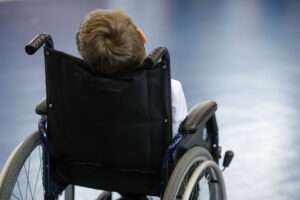
Child with poor head support
Having the child’s arms and hands facing forward helps them reach objects in front of them. With their feet firmly supported on the footplate, this can help transfer some of their weight through their feet.
Aftercare and regular reviews are important to ensure the chair is still performing all necessary functions for the child, and is adjusted in line with their growth and as their condition changes.
What Does This Functionality Look Like in Paediatric Seating?
To see the functionality we have described in action, we need look no further than the Little Lento, a care chair designed to enhance independence and quality of life for paediatric patients.
Little Lento Care chair
The Little Lento is a modular chair with as much support and flexibility built in as possible, ideal for children who need to be hoisted for their daily needs.
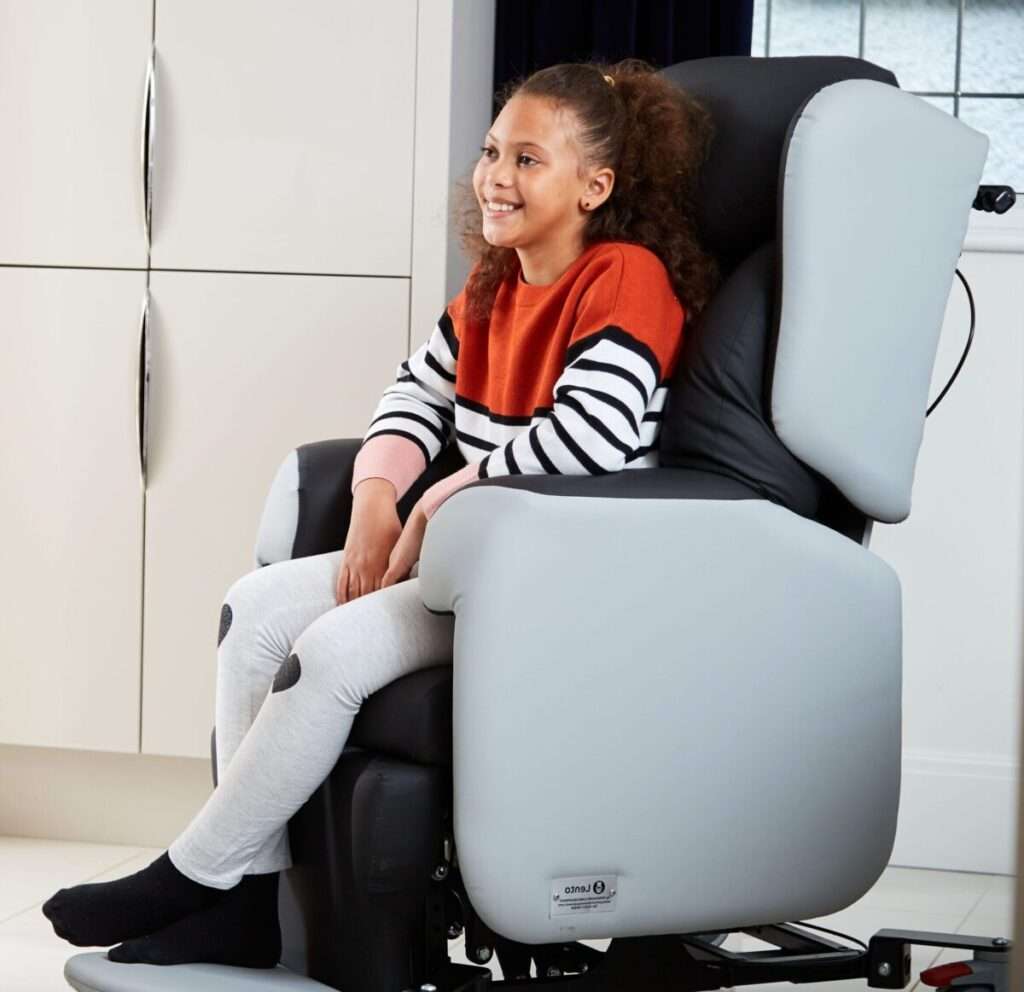
Little Lento care chair
It is fully mobile and raised from the floor on wheels, so can be moved around the ward or paediatric unit for greater social interaction.
The seat depth, width and arm height adjustment allows the chair to expand with the child as they grow or their postural needs change.
Lots of postural adjustments can be made, including adjusting the angle of the footplate for plantar flexion, tilt-in-space to redistribute pressure, and back angle adjustment to help the child lie back in the chair.
The backrest cushions are interchangeable so can be replaced with more or less lateral support as required. The special cocoon backrest which can be used with the Little Lento is very supportive, hugging the child around their torso and upper body.
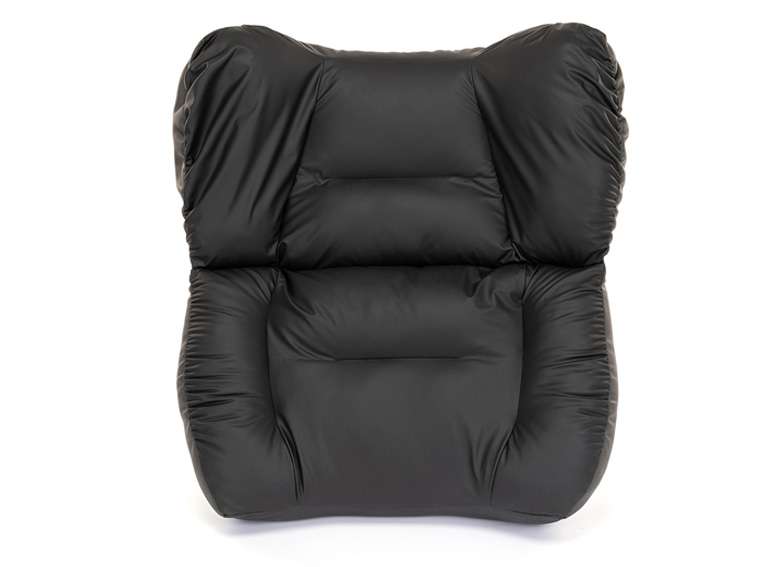
Cocoon backrest
The laptray is a useful accessory that can be added to the chair for eating, playing computer games, and keeping the arms and hands forward.
All available in a wide range of colours, and we can customise the chair to the client’s favourite themes!
Conclusion
In paediatric wards, seating should be looked for that not only provides for the child’s clinical needs, but promotes their overall wellbeing to facilitate the healing process as much as possible.
To discuss your paediatric seating needs in detail and learn more about children’s hospitals we have worked with, please get in touch with our acute care team:
Speak to our Acute Care Team





